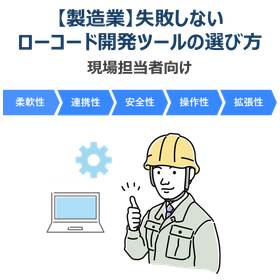It enables extensive and high-precision observations and the provision of high-density observation data.
Franklin Japan observes lightning across Japan through the world-standard lightning observation network JLDN. It is possible to obtain stable and highly accurate lightning data over a wide area. In Japan's land areas, the capture rate exceeds 90%, with an average location error of less than 300 meters. 【Features】 ■ A network of sensors installed at 31 locations nationwide ■ Utilizes accurate time information sent from GPS satellites to observe lightning strike locations, times, and current values ■ A high-density network with an average of 6 to 7 sensors participating for each lightning strike ■ Minimal decrease in lightning capture rate due to failures of some sensors ■ Accurate and reliable observations available in real-time 24 hours a day *For more details, please refer to the PDF document or feel free to contact us.
Inquire About This Product
basic information
【Types of Sensors】 ■TLS200 ■LS7002 ■IMPACT-ESP *For more details, please refer to the PDF document or feel free to contact us.
Price range
Delivery Time
Applications/Examples of results
For more details, please refer to the PDF document or feel free to contact us.
catalog(1)
Download All CatalogsCompany information
Franklin Japan has been operating the Japan Lightning Detection Network (JLDN), the first and only nationwide lightning observation network in Japan, since October 1998. JLDN networks sensors installed across the country and utilizes accurate time information sent from GPS to observe the location, time, and current value of lightning strikes. The observation accuracy of JLDN boasts a capture rate of over 90% within its coverage area, with a location error of less than 500 meters, making it arguably the best lightning observation network in the world currently available. The observed lightning strike data is utilized in real-time for power management in factories, maintenance of networks, and protection of human life in outdoor sports.





![[ZEROSAI Implementation Case] Preemptive Work Feasibility Assessment During Abnormal Weather Conditions](https://image.mono.ipros.com/public/product/image/2ca/2000403646/IPROS7516986300460164373.jpg?w=280&h=280)
![[ZEROSAI Case Study] Heatstroke Countermeasures for Terrain with Poor Airflow](https://image.mono.ipros.com/public/product/image/3a1/2000403699/IPROS57434159669636779543.jpeg?w=280&h=280)





